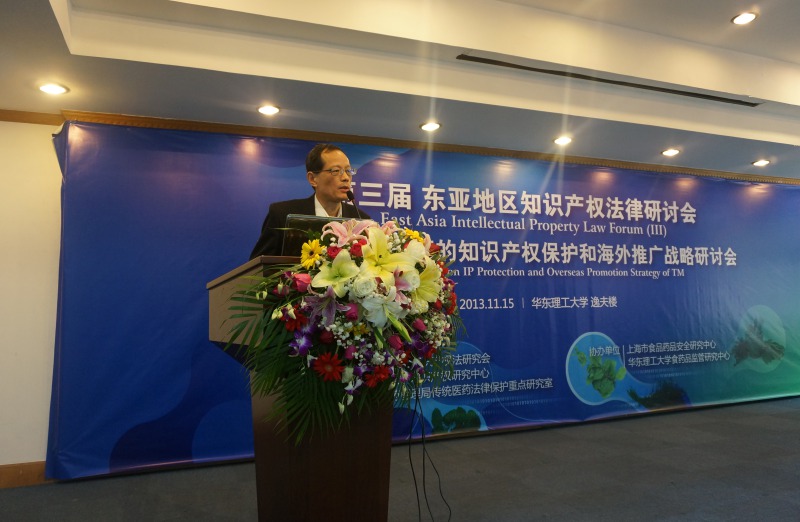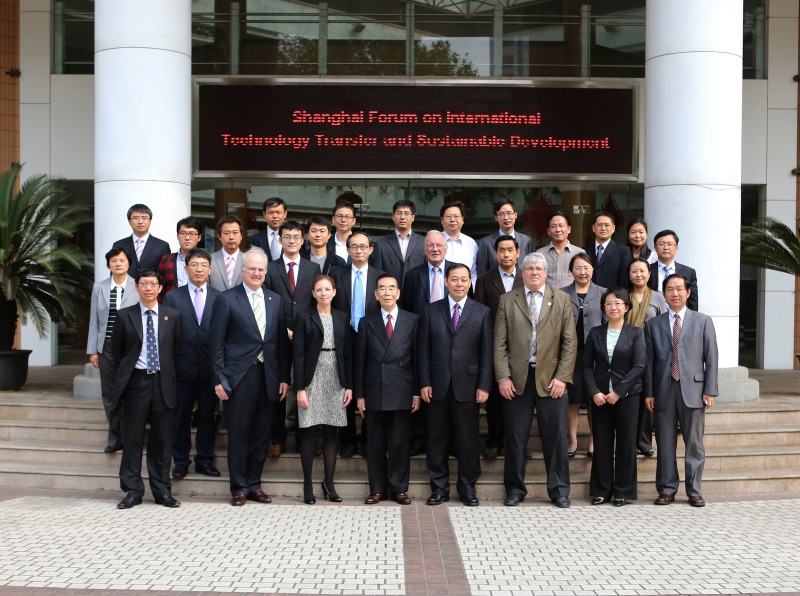The study reveals the genetic mechanism by which Marine snakes adapt to the Marine environment
Sea snakes are a group of reptiles that live in the sea. There are about 200 known species in the world.Sea snakes can dive to a depth of up to 140 meters, but they often move within 30 meters of the shallow sea. They breathe oxygen from the air through their lungs. The well-developed air storage part of their lungs almost runs through their abdominal cavity to reach the cloacal hole, which can provide them with sufficient oxygen underwater. Sea snake is a venomous snake with anterior teeth. Its venom is mainly composed of neurotoxin, which is also an important object of snake venom research. Previous studies have shown that sea snakes returned to their Marine habitats from terrestrial subspecies within the last 10 million years, and that some species colonized the Marine environment quickly and successfully. So how do Marine snakes adapt to the special conditions of the ocean?
To explore this scientific question, the cheng du institute of biology, Chinese academy of sciences, based on a whole genome analysis of the flat chin sea snake based on DE novo sequencing, revealed that the 669 gene families of the flat chin sea snake expanded about 20 million years ago. These genes are concentrated in "cellular response to osmotic pressure," "sensory sound perception," "positive regulation of ossification," "trunk muscle development," and immune-related signaling pathways. Through selective pressure analysis, the results showed that the 470 coding genes of the sea snake were positively selected, among which GRK7, VISININ, CNG3 and GUC2 genes are related to light conduction, and SC6A6 is an important coding gene of osmotic pressure regulating amino acid transport protein. Non-coding element sequence changes that may have caused the related gene regulation affecting phenotype, conservative noncoding elements (CNEs) analysis found that chin ping sea snake 108 CNEs of rapid evolution, genes encoding associated with enrichment in bone, muscle and nervous system development related signaling pathways, this may be related to chin ping sea snakes transverse compression of the body, the formation of the flat tail and land to the sea change in the way.
Sea snakes and turtles have similar environmental adaptation process again, from land to sea with the same living conditions, molecular convergent evolution analysis, sea snakes and turtles DNA damage repair gene ERCC4 protein sequence with the same specific amino acid residues replacement (V870I), the amino acid substitution in ERCC4 HhH2 domain structure, compared with other Marine animals to further reveal the amino acid sites may as the specific amino acid residues to replace loci Marine animals. The ERCC4 gene is mainly involved in low-oxygen cells, so the study speculated that it might be one of the mechanisms by which flat-chin sea snakes and other Marine animals can adapt to low-oxygen conditions by diving in the ocean for a long time. Transcriptome sequencing was performed on the venomous glands of the flat-chin sea snake, the five-step snake and the blue-ringed sea snake. Combined with the published transcriptome data of five cobra species, comparative transcriptome analysis suggested that the flat-chin sea snake expressed the most PLA2 toxin transcripts, which may help it to prey more effectively on fast-swimming fish in the ocean.
The study provides the best quality so far sea snake reference genome, based on the genome, for the first time, the chin ping sea snakes secondary explained the ocean adaptive genetic evolution mechanism, the research results help deepen for twice by the land into the sea reptile environment adaptability of understanding, to study through the same process at the same time the adaptive evolution of animal research provides important enlightenment. High quality complete genome is also of great significance for the development and utilization of antivenoms in sea snakes.
Source: http://www.cas.cn/syky/202004/t20200428_4744013.shtml
Time:2020.05.02.
next:Chinese researchers have "mapped" aging genes in the arteries of primates


